Identify (A) to (C).
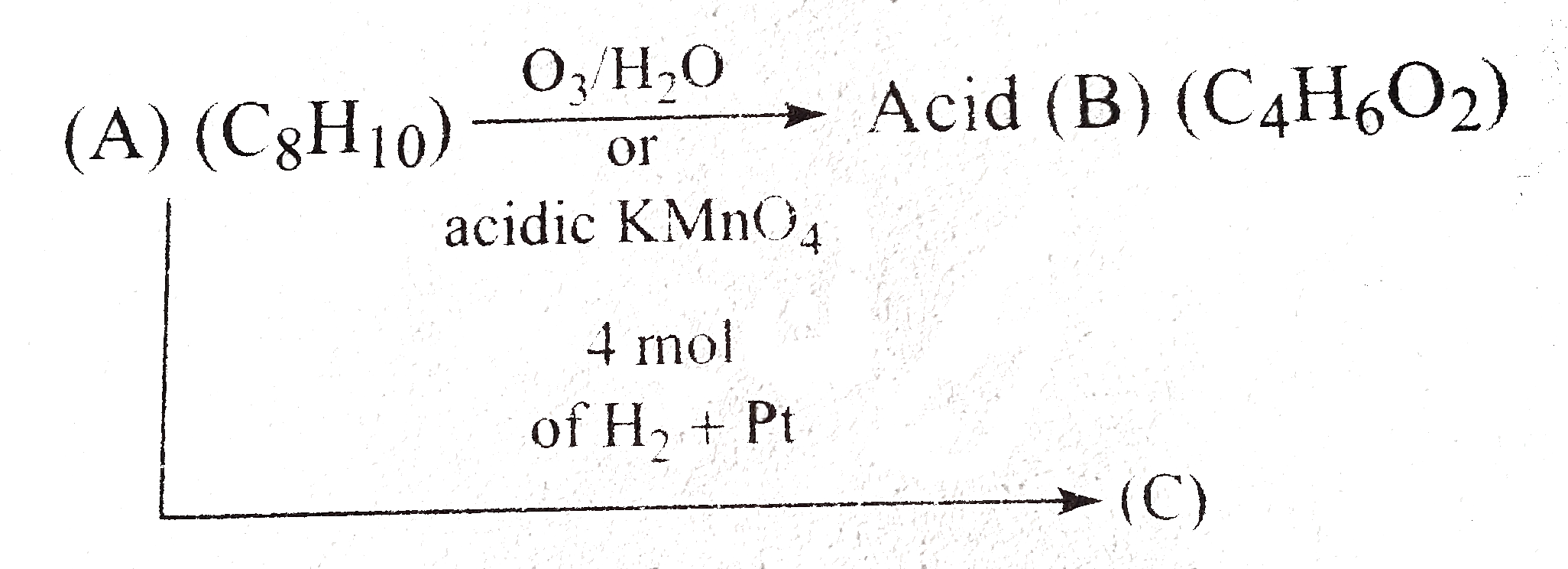
Video Solution
Text Solution
DU in
DU in
Structure of since it is an acid . In (B), 1 DU is accounted for acid group, another 1 DU is present in . It should be a 3 C atom ring, not , since after ozonolysis or oxidative cleavage bond or bond cannot be left behind. So the structure of 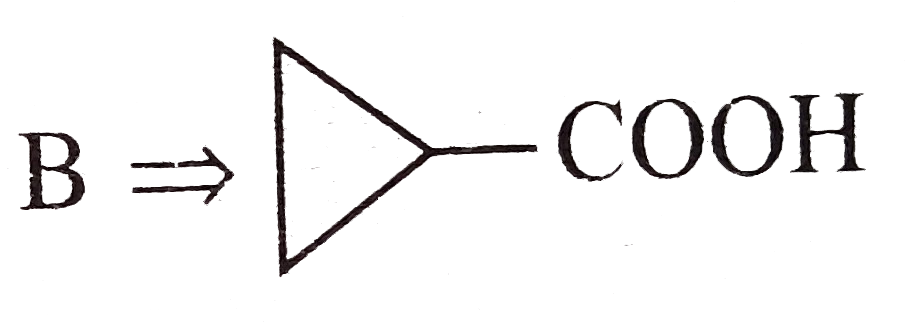
Total C atoms in
Total C atoms in
Therefore, 2 mol of (B) is produced.
So the structure of 
Reactions:
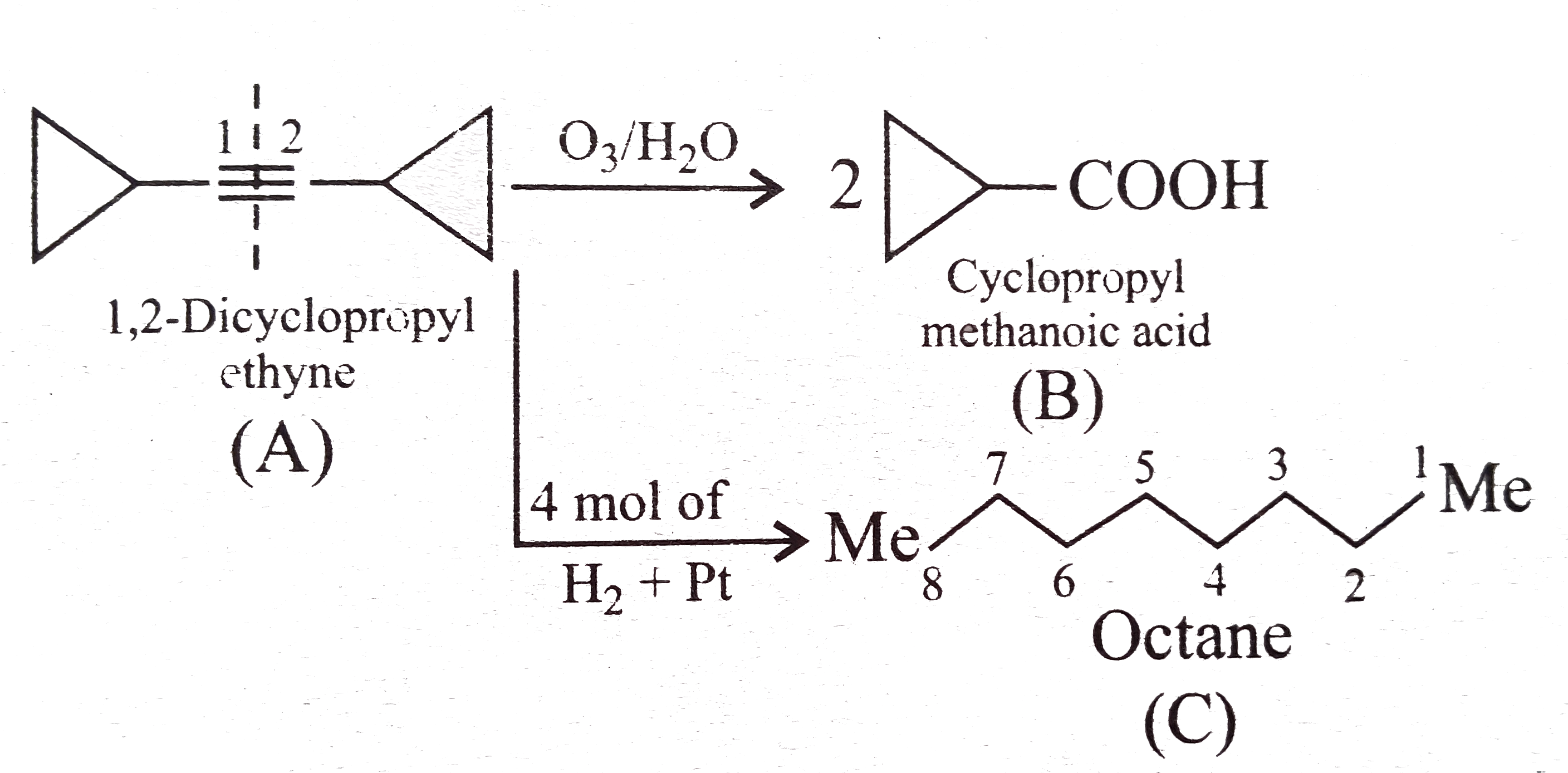
Note: Cyclopropane on catalytic hydrogenation in ordinary conditions of temperature are cleaved to give propane, whereas other high-membered ring do not undergo catalytic hydrogenation under similar conditions.
|
Topper's Solved these Questions
- ALKYNESBOOK - CENGAGE CHEMISTRY ENGLISHCHAPTER - ALKYNESEXERCISE - Exercises (Linked Comprehension Type)
51 Videos
- ALKYNESBOOK - CENGAGE CHEMISTRY ENGLISHCHAPTER - ALKYNESEXERCISE - Exercises (Multiple Correct Answers Type)
25 Videos
- ALKYNESBOOK - CENGAGE CHEMISTRY ENGLISHCHAPTER - ALKYNESEXERCISE - Solved Examples
24 Videos
- ALKENES AND ALKADIENESBOOK - CENGAGE CHEMISTRY ENGLISHCHAPTER - ALKENES AND ALKADIENESEXERCISE - Single correct Answer
14 Videos
- APPENDIX - INORGANIC VOLUME 1BOOK - CENGAGE CHEMISTRY ENGLISHCHAPTER - APPENDIX - INORGANIC VOLUME 1EXERCISE - chapter-7 Single correct answer
1 Videos
Similar Questions
Identify (C)

View Solution
Identify C
View Solution
Identify C
View Solution
Identify C
View SolutionIdentify (C).

View SolutionIdentify (C) to (E) :
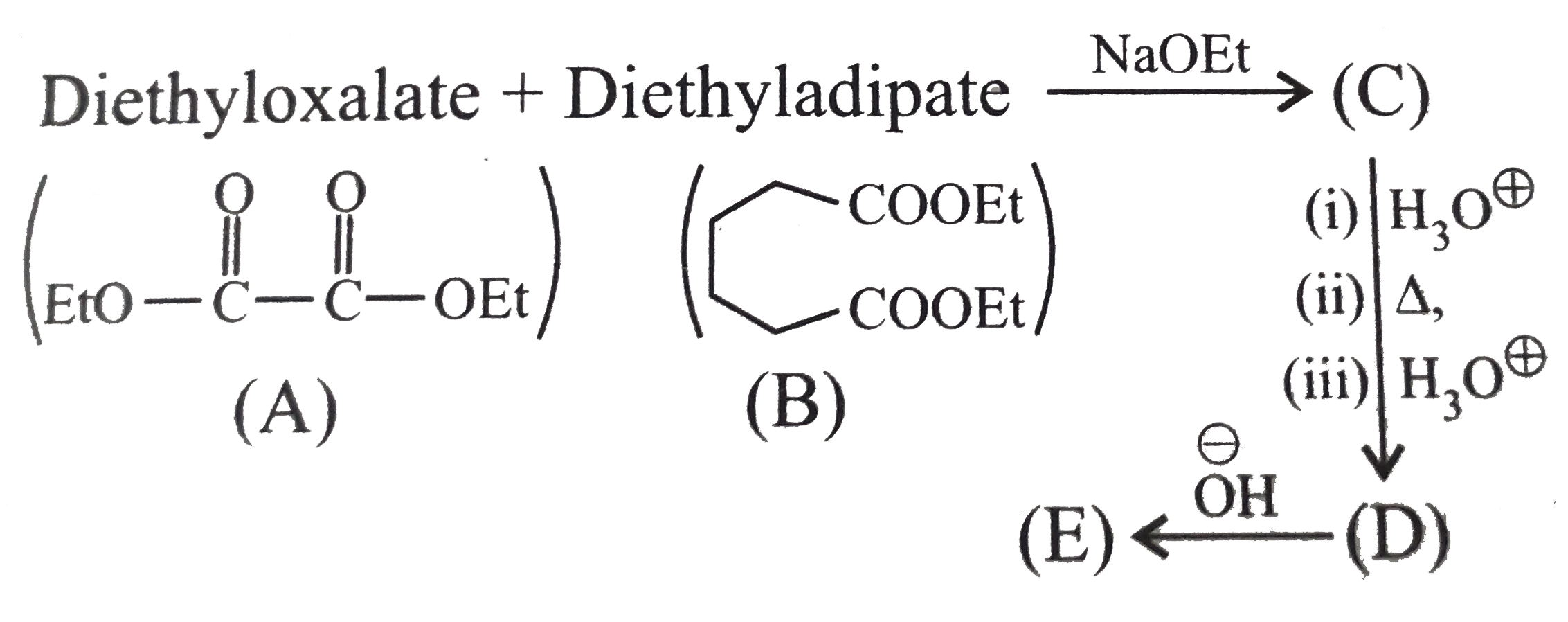 .
.
View Solution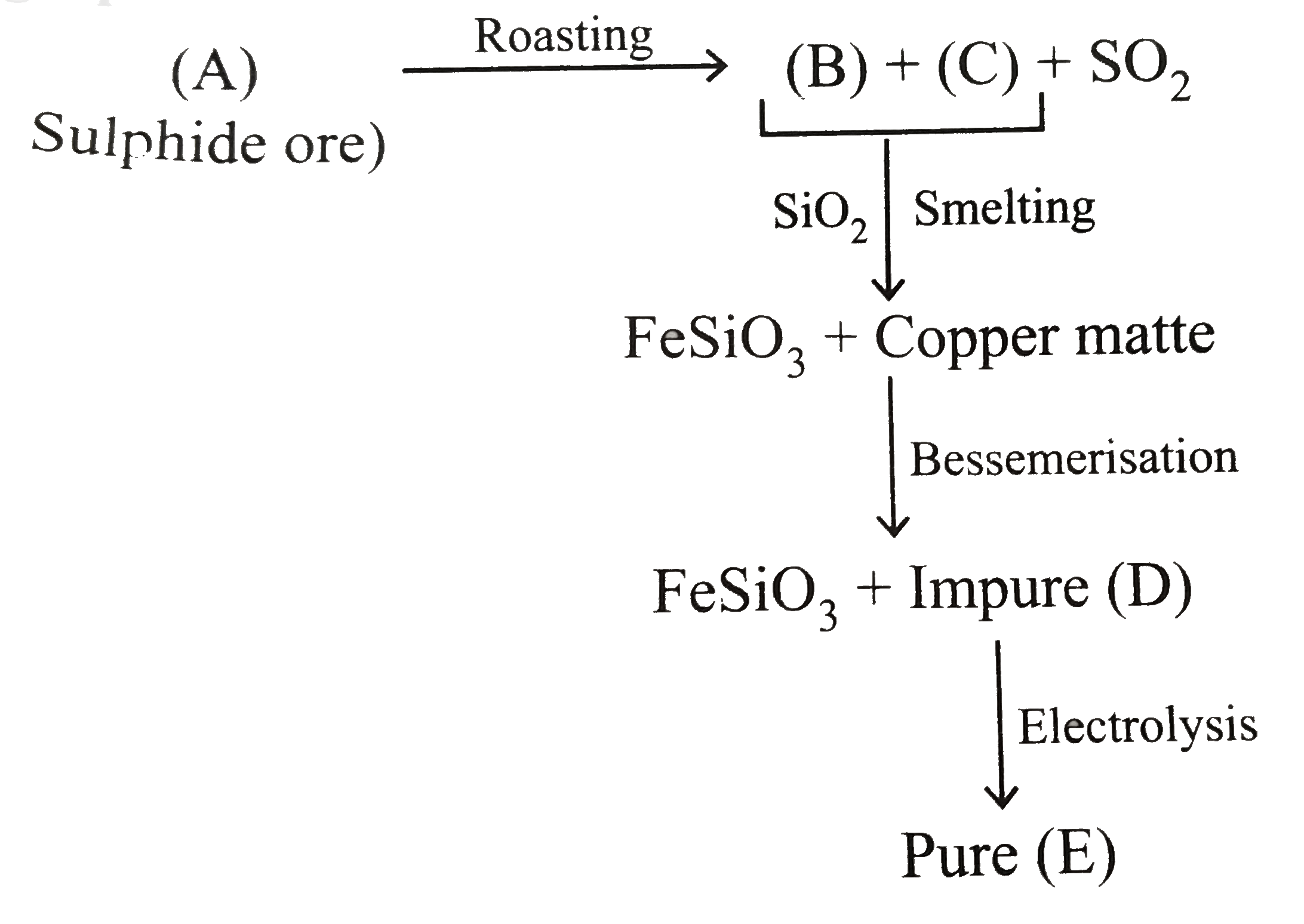
Identify (B) and (C) :
View SolutionIdentify (A),(B),(C),
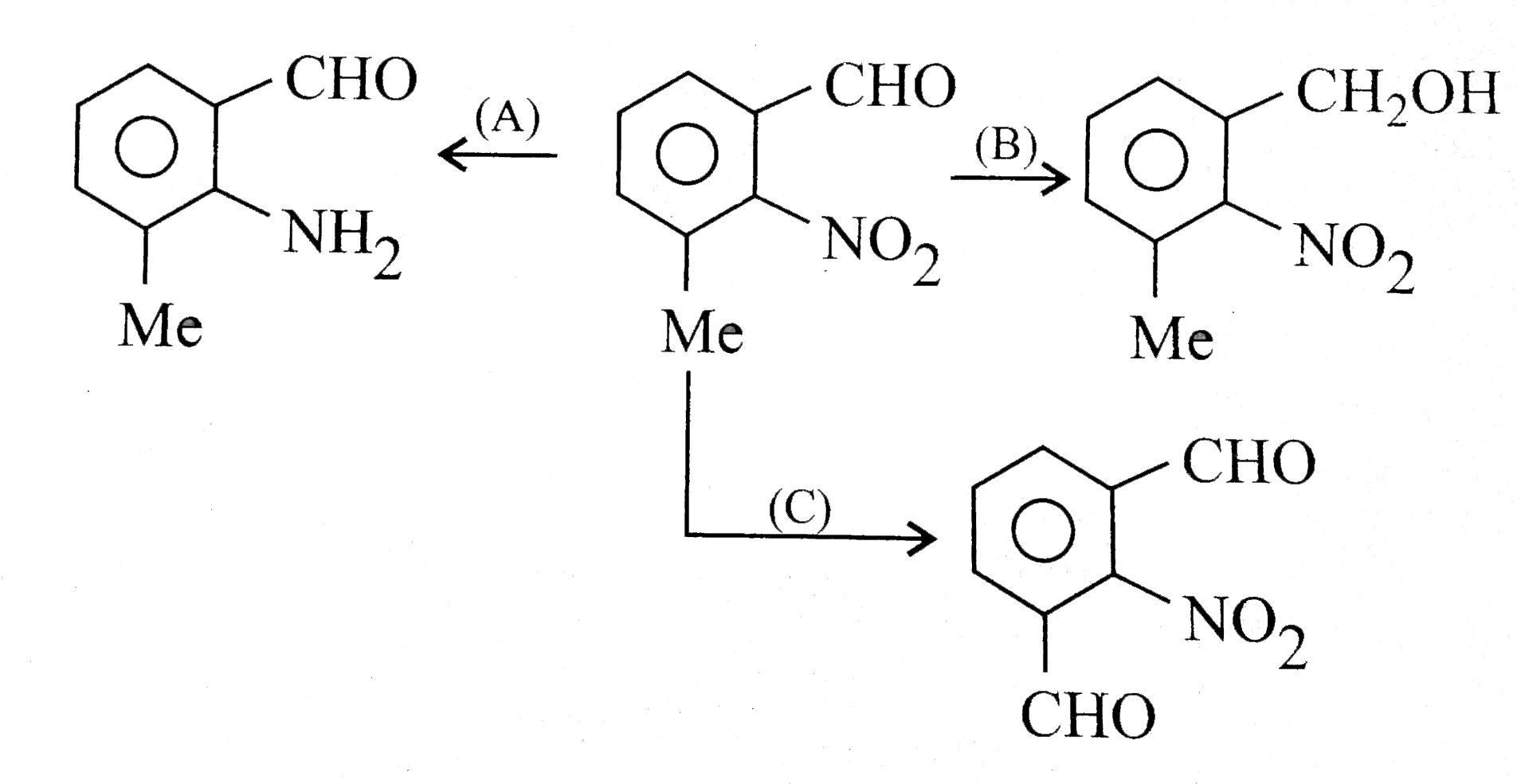
View SolutionIdentify (A),(B), and (C) and give their strucyures.

View Solution Identify A, B, C
Identify A, B, C
View Solution
